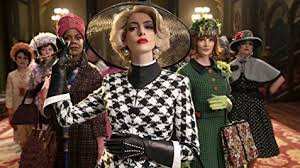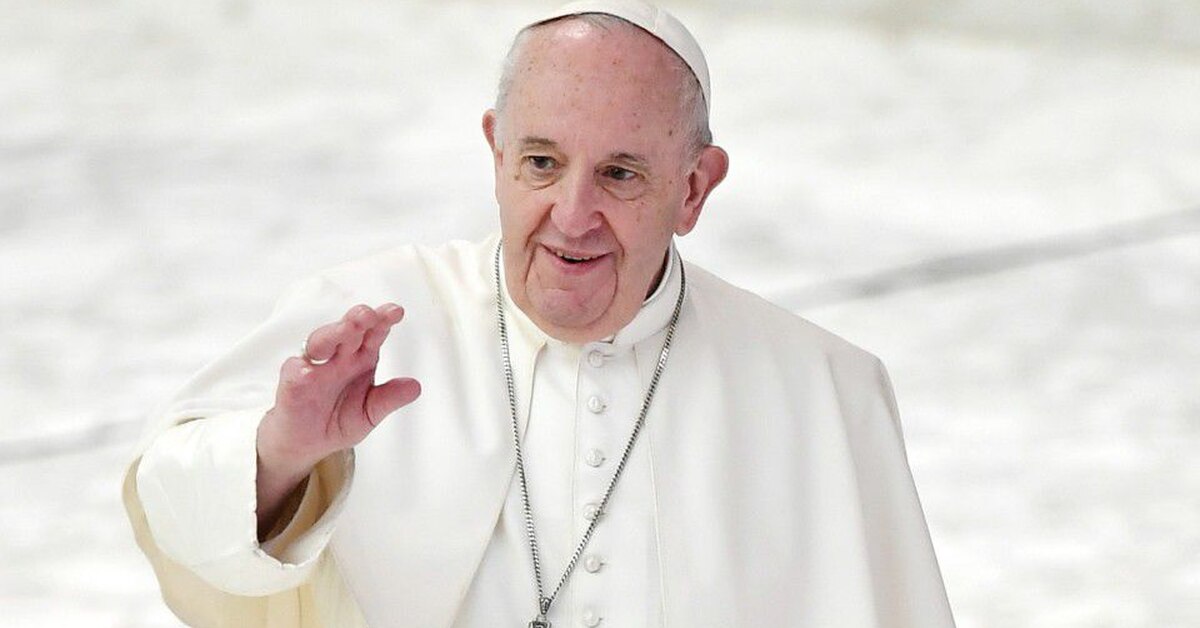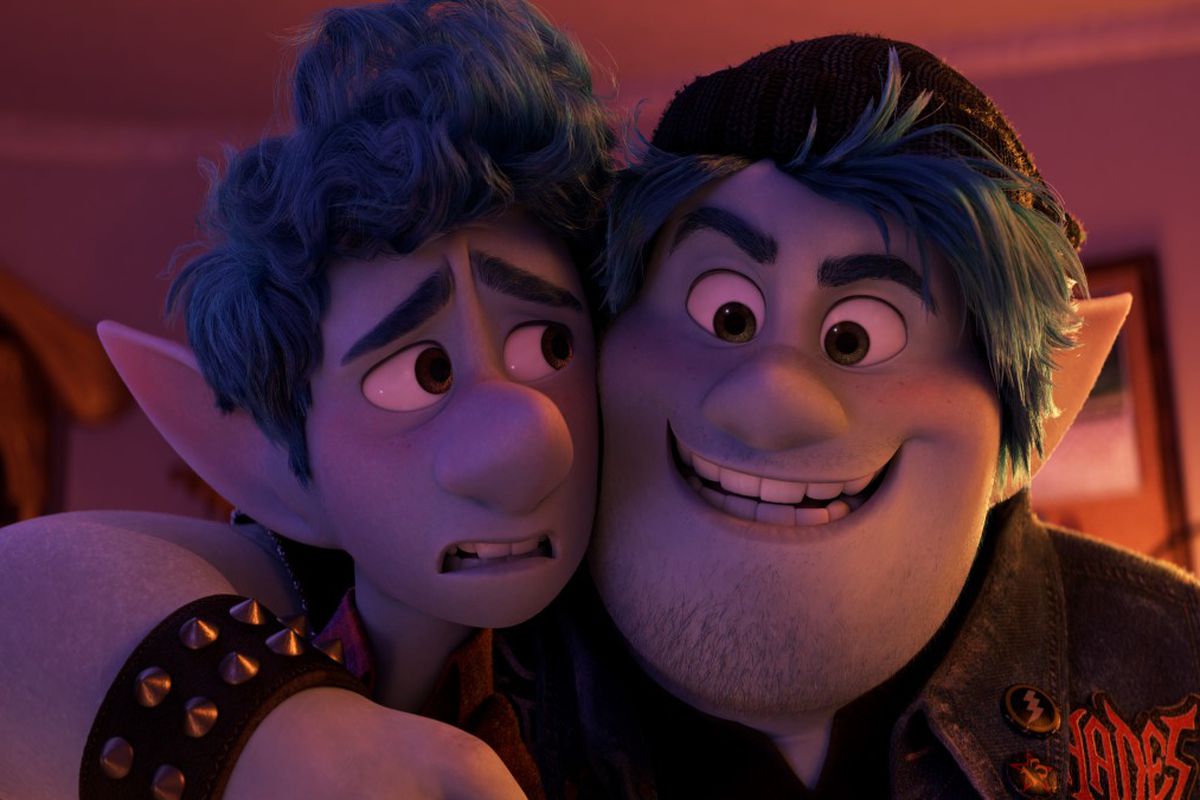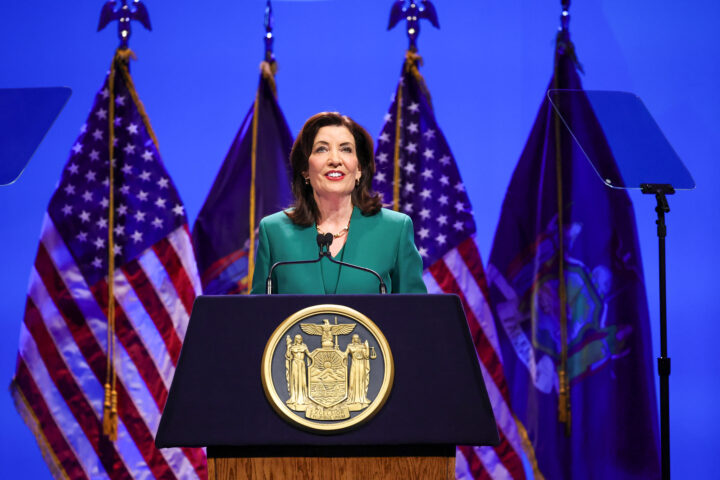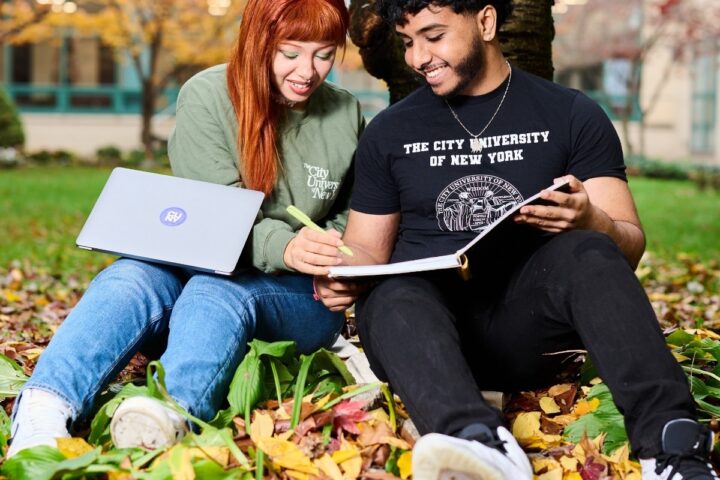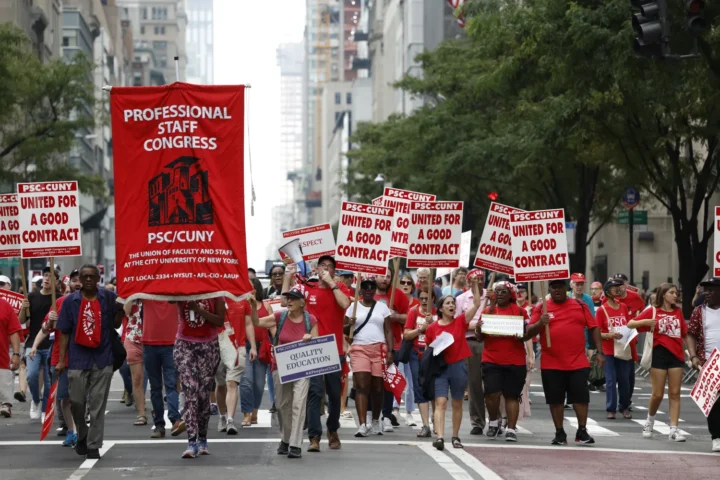On October 22, “The Witches” made its debut on HBO Max. Adapted from the famous Roald Dahl book, “The Witches” follows an orphaned boy who moves into his grandmother’s house, only to discover that witches exist. While there is already a classic 1990 adaptation of the movie that exists, the 2020 version is an enjoyable movie with its own strengths.
The 2020 adaptation of “The Witches” has spectacular makeup and costuming. The witches were ominous even in disguise, which made them feel more menacing compared to the 1990 adaptation. The witches prey on children, and the makeup for the witches reflects this. The witches have scars on their cheeks from unhinging their jaws, their hands have two fingers and their thumbs have velociraptor like claws. Anne Hathaway plays the Grand High Witch, and her character has a single talon on each foot, while the other witches have none. I like that the makeup team depicted the witches as convincing predators, which juxtaposed the costuming department’s choice to place them in elaborate dresses and wigs.
The attention to detail in Hathaway’s costumes is quite possibly one of the best aspects of the movie. In the scene where her character reveals that she’s a witch, she is wearing a velvet dress with a white trim that changes into a snake that wraps around her. This is complemented by the character’s forked tongue and sharp teeth, which adds to her menace. She also stays in room number “666”, which makes a reference to Hell and the Devil, adding to her fear factor.
The makeup and costuming add a layer of storytelling to the film, alluding to socioeconomic class struggles. While the witches are in elaborate attire, the protagonist wears blue jeans and worn-out shoes. Even his grandmother, who dresses in frilly hats and gloves, wears dresses that look ill-fitting on her. When the boy’s grandmother makes the decision to leave their town to escape the witches, she claims that witches “only prey on the poor, the overlooked, the kids they think nobody’s gonna make a fuss about if they go missing”, revealing a deeper message to the classic story. It’s not just children who are in danger, but the most vulnerable ones. On top of that, setting the film in 1967 Alabama helps portray the witches as elitist predators.
Although the visual effects in the 2020 adaptation are great, the practical effects from the 1990 adaptation still hold up today. In both versions, the main character is turned into a mouse by the Grand High Witch, but the 2020 version uses a CGI mouse, while the 1990 version used a puppet mouse. Using CGI makes sense for the film because the mouse needs to move and emote, but it looks obvious that the mouse isn’t real. This is especially noticeable with the protagonist’s pet mouse, Daisy. In scenes where the boy is still human, he’s interacting with a real mouse, but later in the film, that mouse is replaced by a CGI one in his shirt pocket. Using CGI is appealing because it has improved drastically over the years, but it’s still valuable to film certain elements practically, which is what the 1990 version does with its mouse. Puppets are used for the main character after he is turned into a mouse, and while it’s still clear that the filmmaker is using a fake mouse, it feels more real compared to the CGI mouse because the 1990 film opted for a physical character.
Similarly, it looked like CGI was also used to depict the hotel lobby. When the witches march into the lobby, it doesn’t feel like the characters are in a real physical space, which can be off-putting.
Ultimately, both adaptations of “The Witches” are enjoyable films, but they excel in different ways. The 2020 adaptation is theatrical and uses makeup and costumes as a tool to create a subliminal story. Meanwhile, the 1990 adaptation uses practical effects to make its story feel believable. You can watch the most recent one on HBO Max and the 1990 version is on Netflix.


